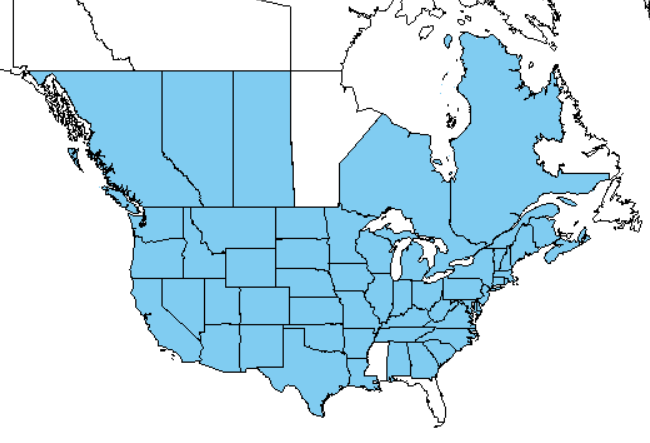Poison hemlock Identification
Back to Poison Plant Guide
General
Poison hemlock is a biennial plant – it typically has a two year life cycle. First year plants are low-growing and may resemble carrots. They can be distinguished by the lack of hairs on the stems along with purple-reddish blotches. Second year plants may stretch over 10 feet tall.
Poison hemlock was brought to the United States from Europe as a garden plant. It took a bit less than a few centuries for this noxious plant to populate the North American continent. Just another case of poor thoughts and dire consequences.
Common Names
poison parsley, spotted corobane, carrot fern, devil’s bread and devil’s porridge
Description
Poison hemlock stems are hollow and hairless. They are green with reddish or purple spots and streaks.
The triangular leaves are green and look like fern leaves. They are toothed on edges and have a strong musty odor when crushed.
Flowers grow on second year plants. They have 5 petals that are tiny and white – approximately 2 to 3 inches across. They are arranged in small, umbrella-shaped clusters on ends of branched stems – much like Queen Anne’s lace. Flowers are followed by green ridged seed cases that turn brown as the seeds mature.
Range and Habitat
As the map shows, poison-hemlock grows throughout the United States.
It likes sunlight and grows along fence lines, in irrigation ditches, and in other moist waste places.
Poison Parts

Poison hemlock is acutely toxic to people and animals, with symptoms appearing 20 minutes to three hours after ingestion. All parts of the plant are poisonous and even the dead canes remain toxic for up to three years. Eating the plant is the main danger, but it is also toxic to the skin and respiratory system.
The seeds and roots are toxic. Roots of poison-hemlock are poisonous and may be mistaken for wild parsnips.
Poison Effects
The typical symptoms for humans include dilation of the pupils, dizziness, and trembling followed by slowing of the heartbeat, paralysis of the central nervous system, muscle paralysis, and death due to respiratory failure
Toxic Look-alikes

Water hemlock stems may have purple spots, but leaves are not lacy. Highly toxic to humans and livestock.
Giant hogweed, which can cause severe blistering and swelling when the sap contacts human or animal skin, stems may have purple spots, but its leaves are not lacy.
Queen Anne’s Lace has lacy leaves, but stem has hairs and does not have purple blotches.
Wild parsnip does not have purple spots on the stem. Wild parsnip can cause severe blistering and swelling when the sap contacts human or animal skin.
Interesting Facts
Socrates is the most famous victim of hemlock poisoning
Back to Poison Plant Guide